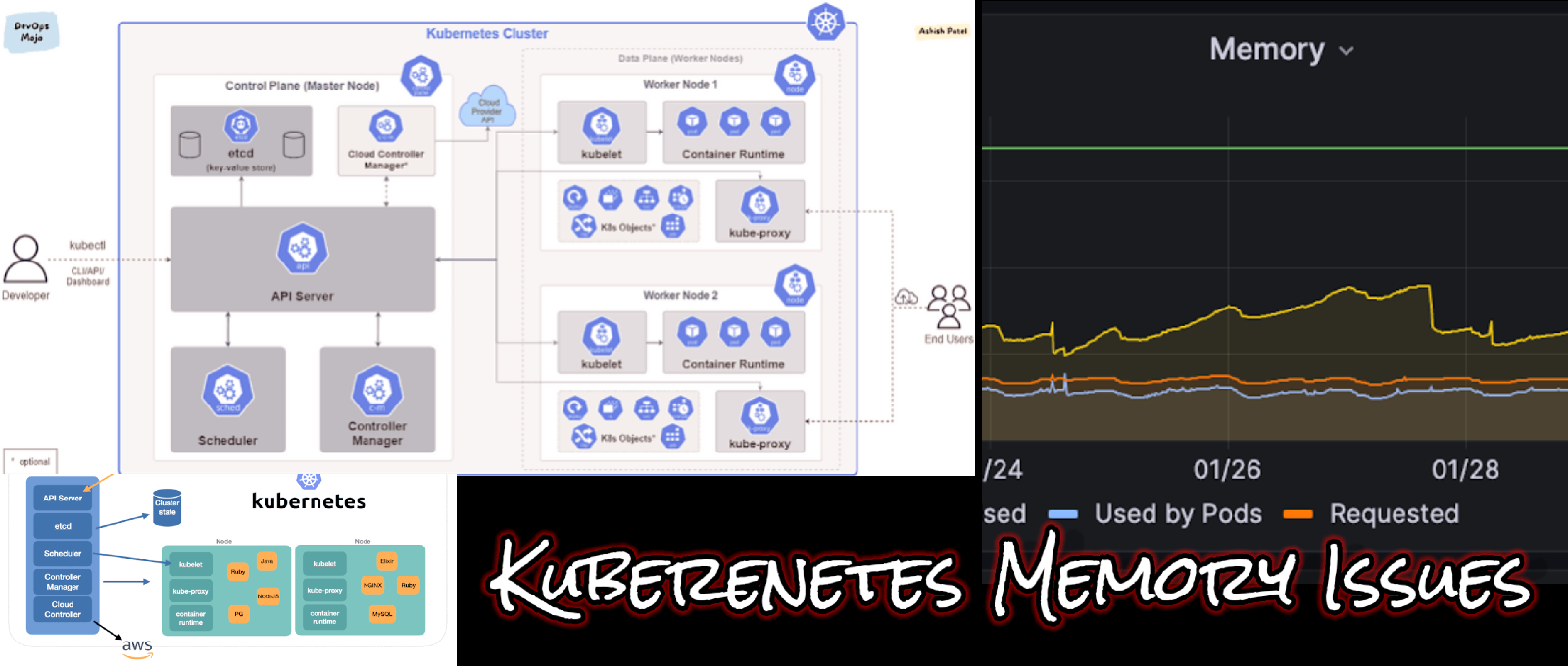In the ever-evolving landscape of technology, the integration of artificial intelligence (AI) has undoubtedly transformed various industries. However, a recent encounter has left me both astonished and apprehensive about the ethical implications of AI in the realm of job interviews.
Just yesterday, a job consultancy reached out to me with a freelance opportunity that seemed too good to be true. The catch? I was expected to conduct proxy interviews for clients in the US and India. While this practice is not unheard of, what sent shivers down my spine was the revelation that an AI tool would be used to mask my face with that of the actual candidate during a live interview.
The immediate concern that comes to mind is the potential for abuse and deception. We've witnessed the rise of deep-fake videos in recent times, showcasing the power of AI to manipulate visual and auditory content. Applying this technology to job interviews raises serious ethical questions about the authenticity of the hiring process.
I expressed my reservations to the consultancy, questioning the feasibility of such a practice. Their response was both shocking and disconcerting—they assured me that an AI tool would seamlessly overlay another person's face on mine during the interview, allowing me to act as a proxy for the candidate.
As someone who has never been a fervent supporter of AI, this encounter only reinforced my concerns. The implications of using AI to impersonate individuals in professional settings extend far beyond the confines of a job interview. It's a slippery slope that could erode the trust and credibility of the entire hiring process.
The use of AI in job interviews should not be viewed through rose-tinted glasses during this "Awww" era of technological advancement. Instead, we must acknowledge the potential threats it poses to the integrity of recruitment processes and, consequently, the workforce.
In an era where deep-fake technology is already causing ripples of misinformation, introducing it into the job market raises the stakes significantly. It's not just about securing a position based on merit; it's about ensuring that the hiring process maintains its fundamental principles of fairness and transparency.
As we navigate this uncharted territory, it's crucial for the industry to establish ethical guidelines and regulations. This isn't just a concern for job seekers; it's a collective responsibility to safeguard the integrity of professional interactions. We must foster awareness and engage in open discussions about the ethical boundaries of AI applications in hiring.
We need to be vigilant and proactive in addressing the ethical concerns surrounding AI in job interviews, ensuring that our workforce is built on a foundation of trust, fairness, and genuine merit.
Companies can take several proactive steps to address the ethical concerns associated with the use of AI in job interviews and prevent potential misuse. Here are some suggestions:
1. Establish Ethical Guidelines:
Develop and enforce clear ethical guidelines regarding the use of AI in the hiring process. These guidelines should emphasize the importance of transparency, fairness, and the avoidance of deceptive practices.
2. Educate HR Professionals:
Ensure that HR professionals and interviewers are well-informed about the ethical implications of AI in hiring. Provide training programs to enhance their awareness and understanding of potential risks, promoting responsible AI practices.
3. Use AI Responsibly:
If companies choose to integrate AI into their hiring processes, ensure that the technology is used responsibly and ethically. Implement safeguards to prevent the misuse of AI, such as monitoring and auditing tools to detect any suspicious activity.
4. Implement Verification Processes:
Establish robust verification processes to confirm the identity of candidates during interviews. This could involve additional verification steps before or after the interview to ensure that the person being interviewed is indeed the candidate in question.
5. Engage in Industry Collaboration:
Foster collaboration with industry peers, ethical AI organizations, and regulatory bodies. Participate in discussions and initiatives aimed at establishing industry-wide standards for the ethical use of AI in hiring.
6. Regularly Update Policies:
Stay abreast of technological advancements and continuously update company policies to address emerging ethical challenges. Regularly review and revise guidelines to adapt to the evolving landscape of AI technology.
7. Encourage Whistleblowing:
Create a culture that encourages employees to report any unethical practices related to AI in hiring. Implement whistleblower protection policies to ensure that those who come forward with concerns are protected from retaliation.
8. Seek Legal Advice:
Consult with legal experts to understand the legal implications of using AI in hiring. Ensure compliance with existing laws and regulations, and seek guidance on ethical considerations specific to the company's industry and location.
9. Promote Transparency with Candidates:
Clearly communicate the use of AI in the hiring process to candidates. Transparency builds trust and allows candidates to make informed decisions about participating in the recruitment process.
10. Monitor and Evaluate:
Regularly monitor the use of AI in hiring, evaluate its effectiveness, and assess any unintended consequences. Use feedback from candidates and internal stakeholders to make informed decisions about the continued use of AI in the hiring process.
By adopting these measures, companies can demonstrate a commitment to responsible AI practices, maintain the integrity of their hiring processes, and contribute to the establishment of ethical standards within the industry.



